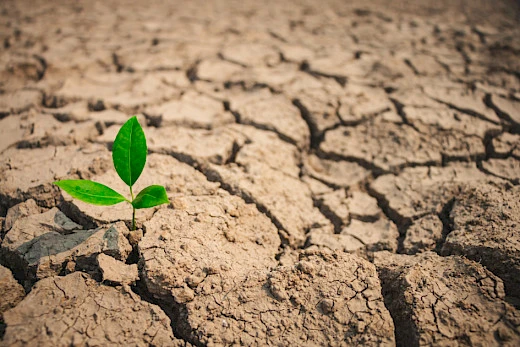Europe Faces Worst Drought in Recent Years: Over Half of the Continent Affected

July was not just hot, but critically severe for Europe and the Mediterranean. According to the European Drought Observatory, more than 51% of the continent's territory is under threat — the highest level since monitoring began in 2012.
Eastern Europe is especially affected. In Serbia, nearly the entire country is suffering from a lack of moisture, with two-thirds officially declared drought disaster zones. Similar situations are seen in Hungary, Bulgaria, and Romania, where drought affects more than half of their lands. Agriculture is taking the hardest hit, with fruit and berry farmers already losing crops.
Western Europe is not doing much better. In the UK, drought intensified after an abnormally hot spring — over 20% of the land is at risk. Germany and France are also reporting increases in arid zones, with some areas already experiencing wildfires.
Turkey faces serious challenges as well — nearly 80% of the country is experiencing water shortages, and in some regions, conflicts between locals and tourists over water access have begun to emerge.
Against this backdrop, scientists’ forecasts are especially alarming: the regional climate is expected to become even drier in the future, with even less rainfall. This is particularly concerning as the region hosts about 30% of global tourism. While southern countries like Portugal and Spain are also experiencing drought, it is on a smaller scale.
The situation calls for urgent action, and experts are urging governments to prepare for long-term climate changes — both in agricultural policy and in water resource management.
You may also be interested in:
- Limassol police strengthen protection for a businessman after a second arson attack
- SOS for Rooney: concern in Larnaca for a small pig — seen limping and frightened
- A Wine Shop Was Set on Fire in Germasogeia: A New Message to the Owner Is Under Investigation
- Cyprus farmers held a tractor protest outside the Presidential Palace
- Anti-terrorism exercise “Europa” to take place on December 19 at the Nicosia Conference Centre


